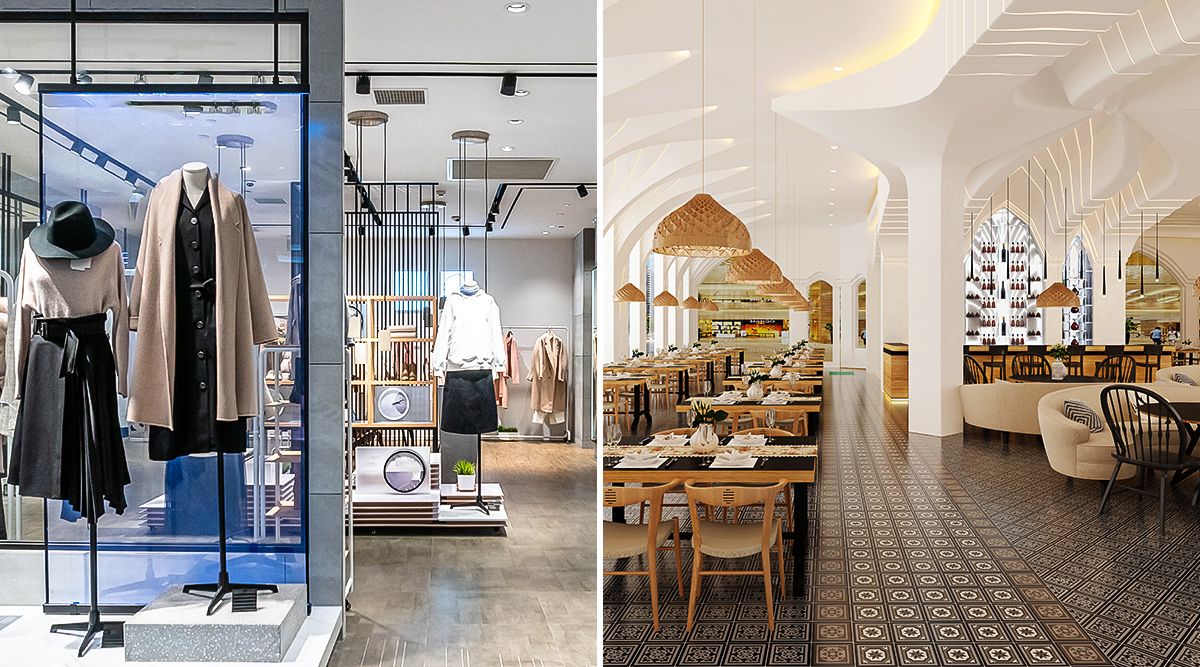 The high street is constantly changing. Such an ability to adapt to social and cultural preferences is what keeps shoppers returning to their local brick-and-mortar shops over alternatives, such as online shopping. Generally, the changes taking place are relatively small, like the environmental shift toward the removal of single-use plastic bags. Then, at other times, changes can be rather dramatic, such as the shift some retailers are making to go cash-free.
The high street is constantly changing. Such an ability to adapt to social and cultural preferences is what keeps shoppers returning to their local brick-and-mortar shops over alternatives, such as online shopping. Generally, the changes taking place are relatively small, like the environmental shift toward the removal of single-use plastic bags. Then, at other times, changes can be rather dramatic, such as the shift some retailers are making to go cash-free.
Partly motivated by changing demand from customers, as well as continuing to unravel the impact of the international health crisis on the retail industry, retailers are seeing many major shifts take place across the modern high street.
Immersive Experiences
It may seem that the high street is yet years away from encouraging customers to shop in virtual realities. However, one only needs to examine the flagship stores of forward-thinking brands, such as Nike and Apple, to see that there are already pushes for a more immersive and virtual retail experience.
Shoppers can now venture into certain stores and browse products with the support of technology. Brands are introducing both augmented and virtual reality experiences to help immerse consumers, as well as make the shopping experience even more exciting.
Augmented reality try-on experiences, for example, have already become popular with both fashion brands and shoppers, enabling outfits to be changed digitally. Shoppers can simply interact with smart mirrors and change their outfits, choosing colours, sizes, and styles from a digital catalogue, effortlessly swapping between them.
Sustainable Interiors
Customers have come to scrutinise brand impact upon the environment. Wanting only to support retailers who reflect their own, positive sustainable outlook, customers are placing greater pressure on shops to reduce their carbon footprint and environmental impact.
Alongside the adoption of biodegradable packaging and recycled branding, retailers are also redesigning their high street spaces with sustainability in mind, replacing shop shelving and furniture with environmentally friendly alternatives. Others are rethinking their energy consumption, keeping their display lights on throughout the night (often a point of controversy for energy-conscious consumers) but doing so by using renewable energies, such as solar and wind alternatives, advertising this decision to demonstrate positive efforts.
Every detail of a retail space’s interior design is considered, from slatwall panels and mannequins to lighting fixtures and digital displays, with retailers seeking not only to become overall greener but to avoid getting caught out by carbon-costly details.
Experience Spaces
Shop spaces are no longer beholden entirely to the product itself. This means that retailers are shifting away from shelves stacked full of items to dedicate space, instead, to brand-related experiences. Take, for example, Nespresso, a brand dedicated to high-quality coffee at home. Instead of hosting a high street space that allows customers to browse a number of different machines, many of these products are stored elsewhere or offered as home delivery. The space saved can then be used for coffee experiences, such as tasting and classes, immersing customers in an experience that allows them to understand and enjoy the product, and become more familiar with the brand itself.

